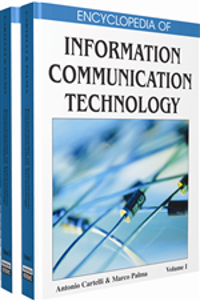Since the AAAI (http://www.aaai.org) Spring Symposium in 1994, intelligent software agents and agentbased systems became one of the most significant and exciting areas of research and development (R&D) that inspired many scientific and commercial projects. In a nutshell, an agent is a computer program that is capable of performing a flexible, autonomous action in typically dynamic and unpredictable domains (Luck, McBurney, Shehory, & Willmott, 2005). Agents emerged as a response of the IT research community to the new data-processing requirements that traditional computing models and paradigms were increasingly incapable to deal with (e.g., the huge and ever-increasing quantities of available data). Agent-oriented R&D has its roots in different disciplines. Undoubtedly, the main contribution to the field of autonomous agents came from artificial intelligence (AI) which is focused on building intelligent artifacts; and if these artifacts sense and act in some environment, then they can be considered agents (Russell & Norvig, 1995). Also, object-oriented programming (Booch, 2004), concurrent object-based systems (Agha, Wegner, & Yonezawa, 1993), and human-computer interaction (Maes, 1994) are fields that have constantly driven forward the agent R&D in the last few decades.
Intelligent multi-agent systems
Book chapter
Published
Encyclopedia of Information Communication Technology, Pages 464-469, IGI Global.
Publication year: 2009

